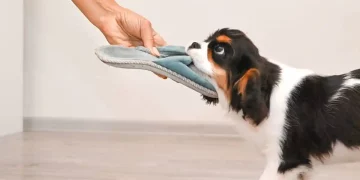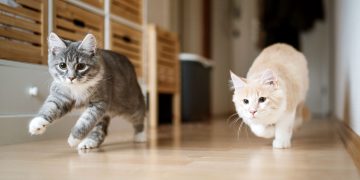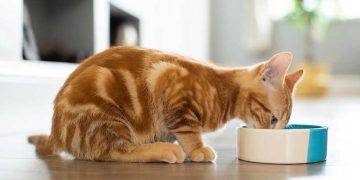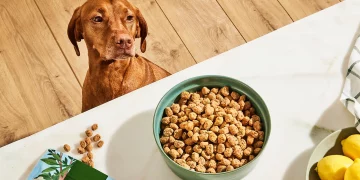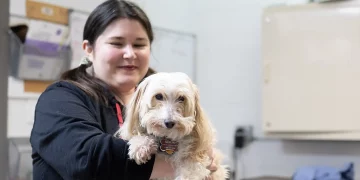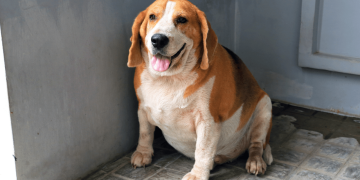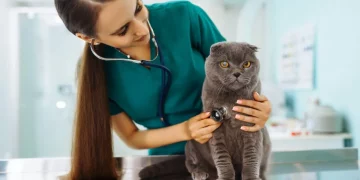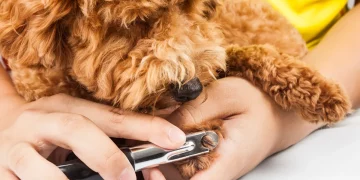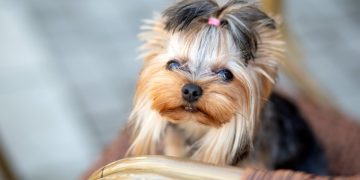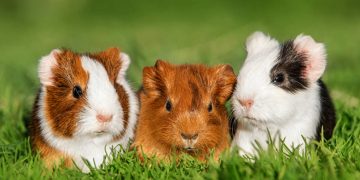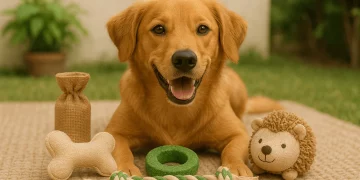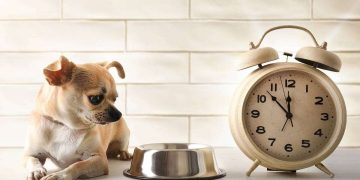Persian cats are one of the most beloved and distinctive cat breeds around the world, known for their stunning long coats, round faces, and calm, affectionate personalities. As with all pets, proper nutrition is crucial for maintaining the health, longevity, and well-being of your Persian cat. Due to their unique physical features and predisposition to certain health issues, feeding Persian cats requires careful attention to ensure they receive the right balance of nutrients.
In this comprehensive guide, we will explore the ins and outs of feeding your Persian cat. From understanding their nutritional needs to choosing the best food options, this article will help you navigate the world of cat food and ensure that your Persian cat enjoys a balanced diet suited to their specific requirements.
We’ll also discuss common feeding mistakes to avoid, how to manage obesity, and tips for making mealtime a positive experience for your Persian cat. By the end of this guide, you’ll have a clear understanding of how to properly feed your Persian cat to promote a long, healthy, and happy life.
1. Why Is Proper Feeding Important for Persian Cats?
Feeding your Persian cat the right food is essential not only for their general health but also to address their breed-specific needs. Persian cats have distinct characteristics, including a dense and long coat, a round face, and a more sedentary lifestyle, all of which influence their nutritional requirements.
1.1. Unique Nutritional Requirements of Persian Cats
- Long, Luxurious Coat: Persian cats are known for their thick and long fur, which requires proper nutrition to maintain its health and shine. Essential fatty acids, such as Omega-3 and Omega-6, play a vital role in keeping their coat glossy and their skin hydrated.
- Breed-Related Health Issues: Persian cats are prone to certain health conditions, such as obesity, kidney disease, and heart problems. These conditions necessitate a well-balanced diet that can help prevent or manage these issues effectively.
- Low Activity Level: Persian cats are generally calm and prefer lounging around the house rather than engaging in high-energy play. As a result, they have a lower metabolism and may be prone to obesity, making portion control and feeding schedules even more important.
1.2. The Impact of Diet on Health
A proper diet supports not only the cat’s physical health but also their mental and emotional well-being. Proper feeding helps prevent common issues such as:
- Obesity: Persian cats, with their sedentary nature, are prone to weight gain. Proper portion control and choosing the right food can help maintain a healthy weight.
- Urinary Tract Health: Proper hydration and the right balance of nutrients can help prevent urinary tract issues, which Persian cats are particularly prone to.
- Digestive Health: A diet rich in high-quality proteins and fibers helps maintain a healthy digestive system, preventing constipation and other digestive problems.
2. What Should You Feed Your Persian Cat?
The key to feeding a Persian cat lies in providing a balanced and nutritious diet that meets their specific health needs. The right food should include a mix of protein, fats, vitamins, and minerals to support their coat, digestion, and overall health.
2.1. Understanding the Nutritional Needs of Persian Cats
- Proteins: Protein is essential for the development and maintenance of muscle mass, especially in active kittens and healthy adult Persian cats. Choose high-quality animal-based proteins such as chicken, turkey, and fish. Cats are obligate carnivores, meaning they require a diet high in animal protein.
- Fats: Fats are a vital source of energy and contribute to the health of their skin and coat. Omega-3 and Omega-6 fatty acids are particularly beneficial for Persian cats, as they support skin health and prevent dry, flaky skin, which is a common issue for long-haired cats.
- Carbohydrates: While cats don’t require a high amount of carbohydrates, some amount is necessary for digestion and energy. It’s essential to choose food that contains digestible carbohydrates such as rice, sweet potatoes, or barley.
- Fiber: Fiber supports healthy digestion and helps prevent constipation, which is common in Persian cats due to their sedentary nature and long fur. Look for food with a fiber content of about 2-3%.
- Vitamins and Minerals: Ensure the food includes a variety of essential vitamins and minerals, such as taurine (an essential amino acid), vitamins A, D, E, and B-complex, and minerals like calcium and phosphorus to promote healthy bone structure.
2.2. Dry vs. Wet Food: Which Is Better for Your Persian Cat?
Both dry and wet food have their benefits and drawbacks, and it’s essential to understand which type will best suit your Persian cat’s needs.
- Wet Food:
- Pros: Wet food provides added moisture, which is especially beneficial for Persian cats who might not drink enough water on their own. It can also be easier to digest and more palatable for some cats.
- Cons: Wet food typically spoils faster than dry food and needs to be refrigerated after opening. Additionally, it can be more expensive.
- Dry Food:
- Pros: Dry food is more convenient, less expensive, and can help with dental health by reducing plaque buildup. It’s also easy to measure and store.
- Cons: Dry food has lower moisture content, so you need to ensure your Persian cat drinks enough water to stay hydrated. It can also lead to obesity if not portioned correctly.
Many cat owners choose to feed their Persian cats a combination of wet and dry food to balance the benefits of both. However, be sure to adjust the portion sizes to avoid overfeeding and weight gain.
2.3. The Best Types of Cat Food for Persian Cats
- High-Quality Brand Options: Look for premium-quality brands that specifically cater to Persian cats. Many well-known pet food brands, such as Royal Canin, Hill’s Science Diet, and Orijen, offer specially formulated foods for Persian cats. These are often rich in protein, contain fatty acids for coat health, and address specific breed health concerns.
- Kibble for Long-Haired Cats: Some dry food formulas are specifically designed for long-haired cats like Persians. These kibbles often contain added ingredients like Omega-3 and Omega-6 fatty acids to support the skin and coat and are easier to digest.
- Grain-Free Diet: Some Persian cats may be sensitive to grains, so you may consider a grain-free diet. However, consult your vet to ensure your Persian cat’s needs are being met before making the switch.

3. How Much Should You Feed Your Persian Cat?
Feeding the right portion is just as important as feeding the right food. Overfeeding can lead to obesity, while underfeeding can result in malnutrition. Here are some general guidelines to help you determine how much to feed your Persian cat.
3.1. Age and Activity Level
- Kittens: Persian kittens have high energy and are growing rapidly, so they need more calories than adults. They should be fed 3-4 meals per day with portions based on the feeding recommendations on the cat food packaging.
- Adults: Adult Persian cats typically need to be fed twice a day. On average, a healthy adult Persian cat will need about 20 calories per pound of body weight, but this may vary based on their activity level.
- Seniors: Older Persian cats may require fewer calories, as their metabolism slows down. A senior Persian cat may need around 15-18 calories per pound of body weight, depending on their health and activity level.
3.2. Portion Control
- Measuring Food: To avoid overfeeding, always measure your cat’s food. Use a standard measuring cup or a kitchen scale to ensure you’re providing the right amount of food based on the brand’s recommendations.
- Adjusting Portions: Adjust your cat’s portions based on their weight, activity level, and whether they’re gaining or losing weight. If your Persian cat is overweight, consult with your vet to develop a controlled feeding plan.
3.3. Treats and Snacks
Treats can be a great way to reward your Persian cat, but they should be given in moderation. Too many treats can lead to weight gain and nutritional imbalances. Use treats as part of training or as an occasional reward, but remember that they should not make up more than 10% of your cat’s daily caloric intake.
4. How to Maintain Healthy Hydration for Persian Cats?
Hydration is vital for all cats, but especially for Persian cats, who may be more prone to urinary tract issues. Here are some ways to ensure your Persian cat stays properly hydrated:
4.1. Provide Fresh Water at All Times
Always make sure your Persian cat has access to fresh, clean water. You can use a water bowl, but many Persian cats prefer drinking from a pet water fountain, which keeps water fresh and circulating.
4.2. Wet Food for Hydration
Feeding wet food is a great way to increase your Persian cat’s water intake. Many cats prefer wet food due to its moisture content and often drink less water if they eat dry food exclusively. Make sure to offer a variety of wet foods and monitor your cat’s hydration.
5. What Are Common Feeding Mistakes to Avoid?
While feeding your Persian cat, it’s easy to fall into common traps that can harm their health. Here are some common feeding mistakes to avoid:
- Overfeeding: Persian cats are prone to obesity, so overfeeding can lead to weight gain and related health problems. Stick to appropriate portion sizes and avoid free-feeding.
- Underfeeding: While portion control is important, underfeeding your Persian cat can cause malnutrition. Ensure you’re feeding a balanced, high-quality diet and that your cat is getting the proper nutrients.
- Feeding Low-Quality Food: Cheap cat food may contain fillers, artificial additives, and lower-quality ingredients that don’t provide the essential nutrients your Persian cat needs.
- Sudden Diet Changes: Cats have sensitive digestive systems, so it’s important to transition their food gradually when changing brands or types of food to avoid gastrointestinal issues.
6. Conclusion: How Can You Ensure Your Persian Cat Gets the Best Nutrition?
Feeding your Persian cat the right food is essential for their overall health and well-being. By understanding their nutritional requirements, selecting high-quality food, and practicing portion control, you can provide your Persian cat with the best possible diet. Keep in mind that every cat is unique, so it’s important to tailor their diet to their individual needs.
Additionally, regular veterinary visits and monitoring their weight and health can help you adjust their diet as they age or face specific health issues. By maintaining a balanced diet and offering plenty of fresh water, you’ll ensure your Persian cat enjoys a happy, healthy, and long life.


